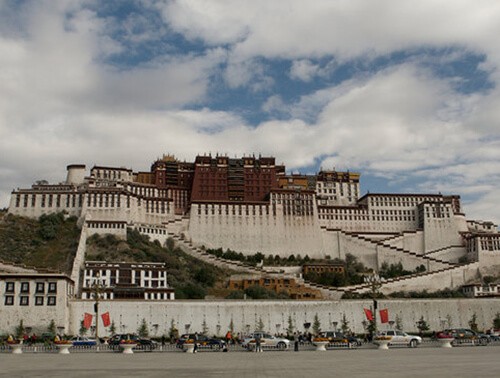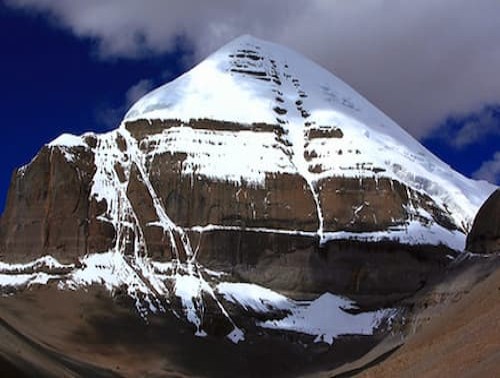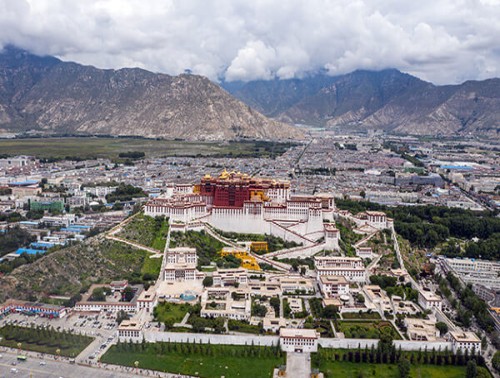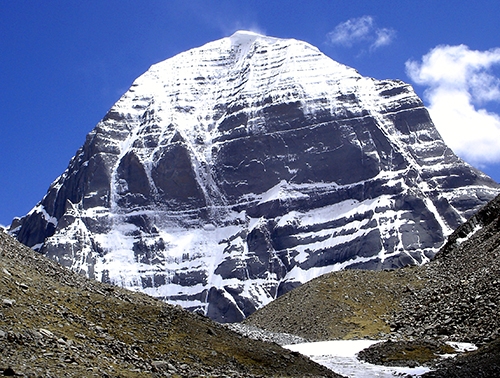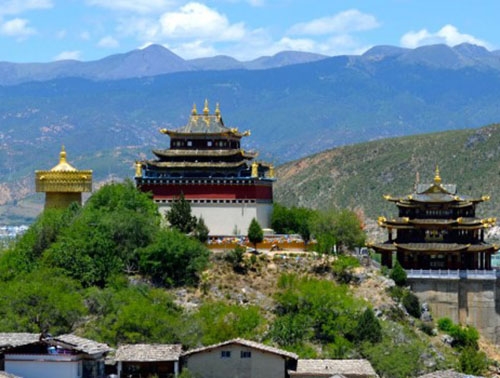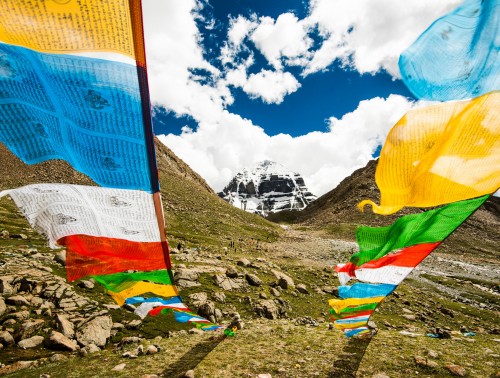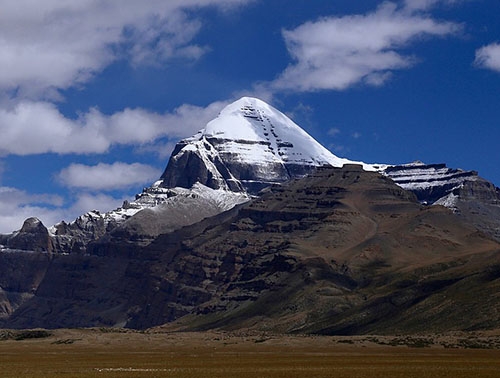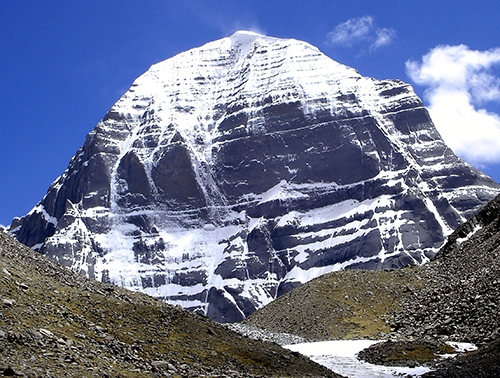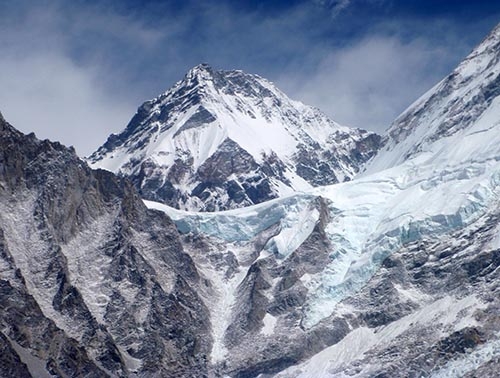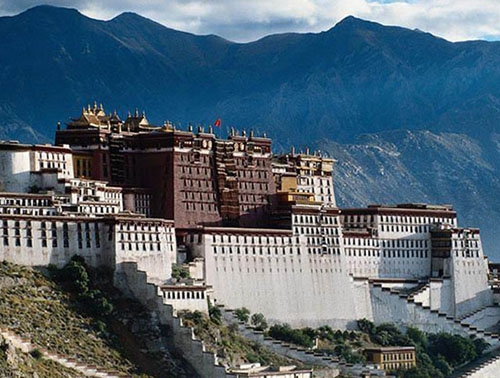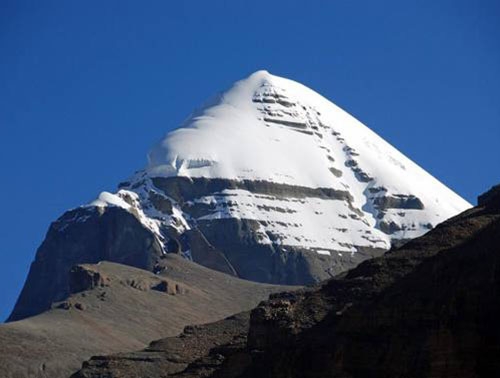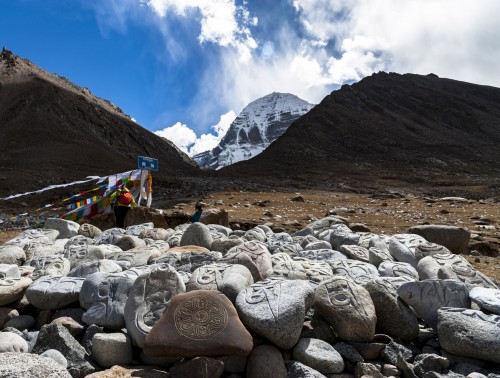About Tibet
A historical region- Tibet is the traditional homeland of the Tibetan people. This autonomous state of China covers much of the Tibetan Plateau and Inner Asia.Tibet is the highest region on Earth, consisting of average elevations that range from 4,900 meters to elevations above 7,000 meters. Tibet has vast potential for tourism thanks to its unique geographical presence and a thick spread of Buddhist culture. The dominant religion of Tibet is Tibetan Buddhism, as well as Bon, along with Christian minorities. Tibetan Buddhism has a major influence on the country's art, literature, music, and festivals. The country's architecture also reflects Chinese and Indian influences. Lhasa is the capital of Tibet and is also the largest city.
History of Tibet
Historically, unified Tibet began with the rule of Songtsen Gampo- the founder of the Tibetan Empire. Under his rule, Tibetan reforms spread rapidly and Tibet became a large and powerful empire. According to history, the king's first wife- Princess Bhrikuti of Nepal played a major role in the establishment of Buddhism in Tibet. Several major rivers also have their source in the Tibetan Plateau, including the Yangtze, the Yellow River, and the Indus River. Additionally, Tibet is also naturally gifted with the deepest and longest canyon in the world- the Yarlung Tsangpo Grand Canyon. Tibet is also called the "Water Tower of Asia". For instance, the Indus and the Brahmaputra Rivers, two major rivers draining India, originate from Lake Manasarovar in western Tibet near Mount Kailash (6638m). Tibet also has numerous high-altitude lakes like the Qinghai and Manasarovar among many others.
Geography of Tibet
On the contrary, Tibet's atmosphere is severely dry because of the rain-shadow effect. Likewise, the low temperatures limit the vegetation to bigger than a low bush with high swift winds blowing across vast expanses of arid Tibetan plains. Despite the country's arid landscape, Tibet's economy is dominated by sustenance agriculture. The people of the country generally raise livestock due to limited arable land. Barley, wheat, buckwheat, and rye farms can be seen spread across the land and assorted fruit orchards persist in many parts of Tibet. Due to the increase in global interest in Tibetan Buddhism, tourism has also become one of the major parts of the Tibetan economy. Tibet's tourism income comes mostly from the sale of handicrafts which include Tibetan rugs, traditional Tibetan hats, silver and gold jewellery, wooden items, clothing, quilts, fabrics, and carpets.
Cultural Heritages of Tibet
The cultural meshwork of Tibet consists of several regions, including the Amdo in the north and Kham in the south. Moreover, Tibet's cultural influence extends to the neighbouring countries of Bhutan, Nepal, and India's Sikkim state as well. The cultural dominance of Buddhism has influenced the architecture of some of the finest buildings in the world. Lhasa- the country's capital, contains two world heritage sites – the Potala Palace and Norbulingka where the Dalai Lamas reside.
Lhasa also contains several significant temples and monasteries, including the Jokhang and the Ramoche Temple. Tashi Lhunpo Monastery, Sakya Monastery, Sera Monastery, Jokhang Temple, and Barkhor Street are some of the famous destinations in Tibet which are decorated with hints of Tibetan Buddhism. Touring is the most popular and easiest of the methods to explore Tibet. Similarly, Yamdrok Tsho, Namtso Lake, and Lake Manasarovar are some of the famous lakes to tour. Mount Kailash (6638m) is yet another destination that sees a massive number of Hindu and Buddhist tourists and pilgrims. Tibet also caters to a different route to expeditions to Mt. Everest (8848m) and Cho Oyu (8188m).
Tibet tour is the haven for Tibetan Buddhism and the state along with its people has made great efforts for their preservation. This allows travellers to enjoy the authentic nature of the culture and lifestyle of the people. The Roof of the World is supreme in its offering of brilliant natural attractions and cultural riches. Traveling to Tibet is exposure to the land which has withstood time to retain its majesty.



